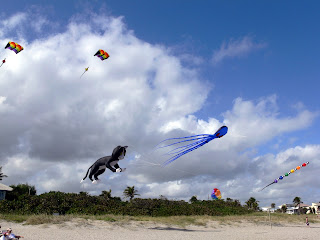Wednesday, December 26, 2007
Friday, September 14, 2007
Monday, February 05, 2007
A Little Guy
A Big Guy
Feed Me!
A Loving Couple
 I went back to Wakodahatchee two days ago to see if anything had changed. Actually, lots of things had changed. This pair of very large birds have moved in. The male, on the right, flew to the shore after I took this picture. His wing span must be between three and four feet. I really think they are beautiful.
I went back to Wakodahatchee two days ago to see if anything had changed. Actually, lots of things had changed. This pair of very large birds have moved in. The male, on the right, flew to the shore after I took this picture. His wing span must be between three and four feet. I really think they are beautiful.
Saturday, January 13, 2007
A Very Blue Bird
The Tower I Used
Daggerwing Wetlands Natural Area
Tuesday, January 09, 2007
Cabbage Palm Trees
Friday, January 05, 2007
A Fungus Among Us
Saw Palmetto
 Rosemary Scrub contains remnants of Florida scrub habitat - one of the oldest and rarest natural communities in Florida. It is estimated that less than 2% of the original scrub in Palm Beach Country remains.
Rosemary Scrub contains remnants of Florida scrub habitat - one of the oldest and rarest natural communities in Florida. It is estimated that less than 2% of the original scrub in Palm Beach Country remains.Plants and animals have to be tough to live in a scrub community. There is little shade, hot temeratures, and dry, nutrient-poor soils. The ground cover consists of small trees and shrubs such as sand live oak, sand pine and saw palmetto. A small area of scrubby flatwoods borders the scrub. Taller trees such as the South Florida slash pine grow here along with the scrub plants. The scrub community covers 12 acres (86%) of this site.

A Little Splash of Color
What Scrub Looks Like
Give Me A Sign - Rosemary Scrub Natural Area
 This is a sign near the enterence to the Rosemary Scrub Natural Area near Lake Worth, Florida. I quote from this sign several places in this blog entry.
This is a sign near the enterence to the Rosemary Scrub Natural Area near Lake Worth, Florida. I quote from this sign several places in this blog entry.The 14-acre Rosemary Scrub natural Area is a small piece of what was once a large area of scrub habitat located between Lake Worth and an inland lake/marsh system comprised of
Lake Osborne and the former Lake Webster.
It was relatively unaffected by human activity throughout the early 1900s. In the 1930s, construction of the E-4 Canal one-half mile to the west drained Lake Webster and lowered water levels in Lake Osborne.

Subscribe to:
Comments (Atom)


















